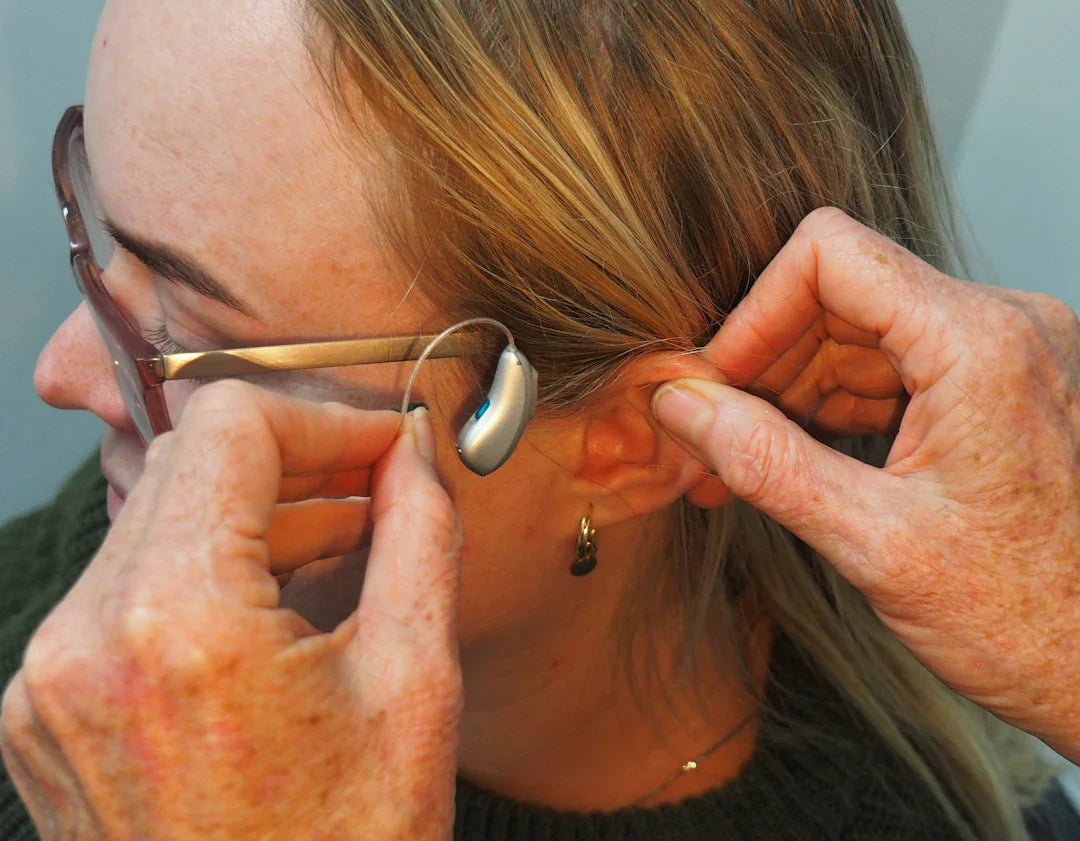For those who experience the intricate challenges of tinnitus and hearing loss, navigating sound can sometimes feel more daunting than ever. Fortunately, technology in audiology has made significant strides, particularly in the realm of hearing aids. This blog will take you deeper into understanding these devices, their relationship with tinnitus, and essential hearing care tips, while also highlighting innovative solutions like Signia Nanocare Wax Guards to maintain your hearing aids effectively.
What is Tinnitus?
Tinnitus is often described as a ringing, buzzing, or whistling sound that occurs in the absence of external noise. It can stem from various underlying causes, including exposure to loud noises, earwax build-up, and age-related hearing loss. For many, it can be a persistent concern that impacts daily life and the overall quality of sound perception.
Understanding the Different Types of Tinnitus
Tinnitus manifests in different forms, with the most common types being:
- Subjective Tinnitus: The most common type, only audible to the individual experiencing it.
- Objective Tinnitus: Rare and can be heard by a healthcare professional during an examination.
- Pulsatile Tinnitus: This type is linked to the rhythm of the heart and can often indicate an underlying condition.
How Hearing Loss and Tinnitus are Interconnected
Research indicates a notable correlation between hearing loss and tinnitus. People who experience diminished hearing abilities often report the perception of tinnitus. The underlying theory is that when the brain receives less sound input, it attempts to compensate, leading to the perception of phantom sounds. This relationship is significant as it underscores the importance of addressing hearing loss with appropriate hearing aids.
How Hearing Aids Can Help Manage Tinnitus
Hearing aids can play a vital role in alleviating the symptoms of tinnitus. By amplifying external sounds, these devices help the brain refocus and diminish the perception of the intrusive noises associated with tinnitus.
Types of Hearing Aids for Tinnitus Management
Several types of hearing aids can assist those experiencing tinnitus. It’s important to consult with an audiologist to determine which type might best suit your needs, but here are a few options:
- Behind-the-ear (BTE): These hearing aids sit behind the ear, providing flexible options for users.
- In-the-ear (ITE): These custom-fitted devices fill the outer ear and might be preferred for aesthetic reasons.
- Receiver-in-canal (RIC): Featuring a discreet design, these are great for individuals needing additional amplification while managing medium to severe hearing loss.
Features to Look Out For
When exploring hearing aids for tinnitus management, look out for devices that come with integrated sound therapy or masking features. Some modern devices can produce soothing sounds that can help mask the tinnitus perception, thereby providing relief.
Importance of Hearing Care
Hearing care extends beyond simply acquiring a hearing aid. Regular check-ups with an audiologist for earwax removal and device maintenance are crucial for optimal performance.
Why Regular Check-ups Matter
Regular visits to an audiologist can help identify changes in your hearing and overall auditory health. They provide essential services, including:
- Diagnostic Testing: Accurately measures your hearing ability and tinnitus levels.
- Wax Removal: Excess earwax can interfere with the performance of your hearing aids, making earwax removal an important part of your routine.
- Device Maintenance: A professional cleaning and assessment of your hearing aids can increase their lifespan and help avoid costly repairs.
Innovative Solutions for Enhanced Durability
One notable product in the market that should not go unnoticed is the Signia Nanocare Wax Guards. These guards are specifically designed to protect hearing aids from the damaging effects of earwax, ensuring that your hearing devices function optimally. This protection is crucial for users who might experience excessive wax production, as it helps extend the life of the hearing aids while maintaining sound clarity and quality.
Tips for Maintaining Your Hearing Aids
To keep your hearing aids in top condition, consider adopting the following practices:
- Daily Cleaning: Wipe down your hearing aids with a soft cloth to remove sweat and earwax.
- Use Wax Guards: Install Signia Nanocare Wax Guards to prevent earwax build-up.
- Store Correctly: Keep your hearing aids in a safe, dry place when not in use to prevent damage.
- Regularly Check Batteries: Ensure that the batteries are frequently checked and replaced as required.
Seeking Assistance and Support
If you find that tinnitus significantly hampers your daily activities, it is essential to seek professional assistance. Audiologists are equipped to provide tailored solutions based on your specific needs and circumstances. Whether it's adjusting your hearing aids or incorporating hearing therapy, having an expert guide you can make a considerable difference in your quality of life.
Understanding Tinnitus Management Strategies
Alongside the use of hearing aids, there are multiple strategies and therapies for managing tinnitus that can enhance overall sound quality.
- Cognitive-Behavioural Therapy (CBT): This psychological approach helps individuals cope with the emotional distress caused by tinnitus.
- Sound Therapy: This involves the use of quiet sounds or music to mask tinnitus to create a more soothing auditory environment.
- Stress Management: Techniques like meditation or yoga can help reduce stress levels, which often exacerbate tinnitus symptoms.
Encouraging a Proactive Path to Better Hearing
Ultimately, embracing hearing care can significantly enhance your auditory experience. If you suspect you are experiencing hearing loss or tinnitus, don’t hesitate to reach out to an audiologist for an evaluation. Regular monitoring, appropriate hearing aids, and strategies like earwax removal and the use of Signia Nanocare Wax Guards can work symbiotically to refresh your listening landscape.
Empower Yourself with Sound!




